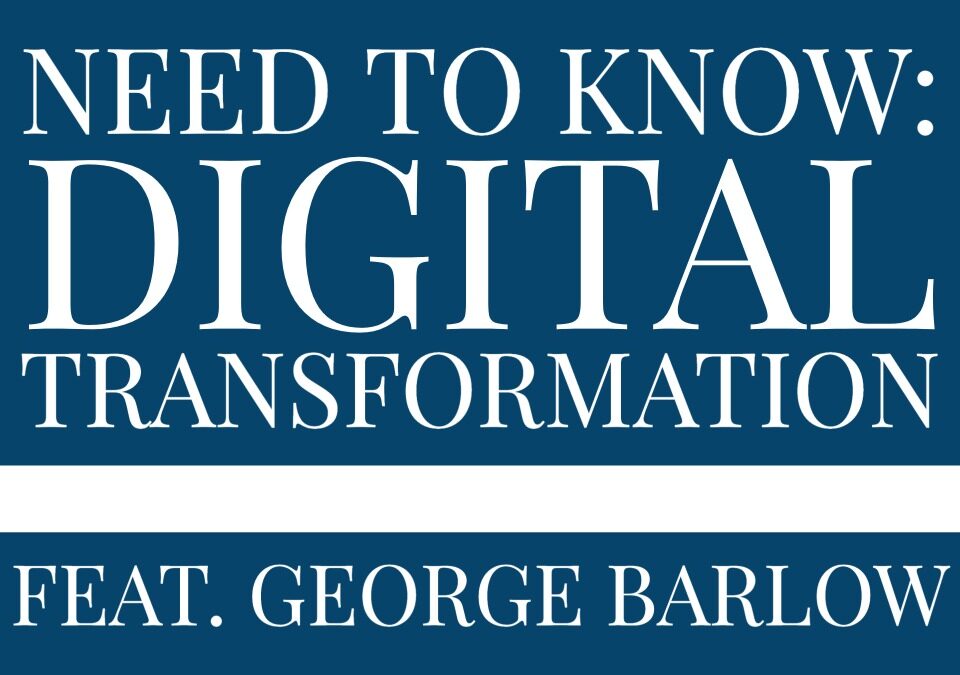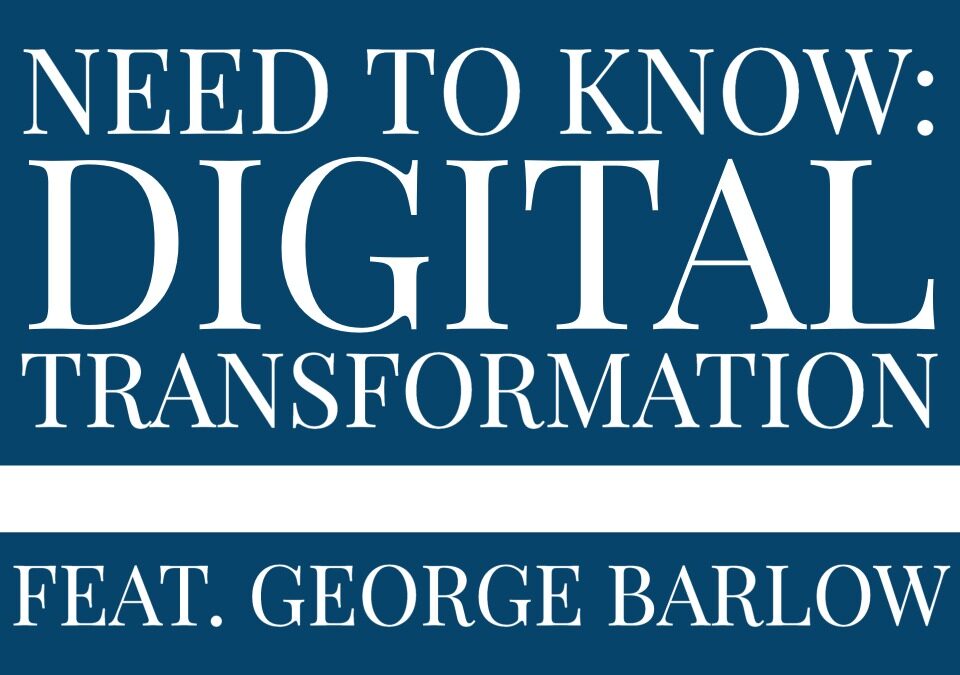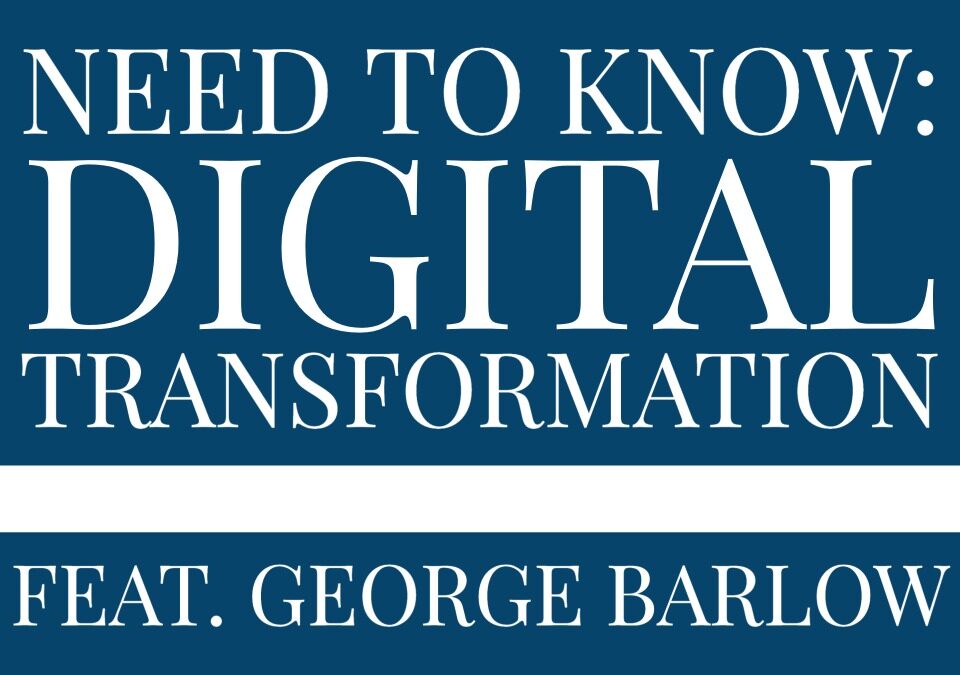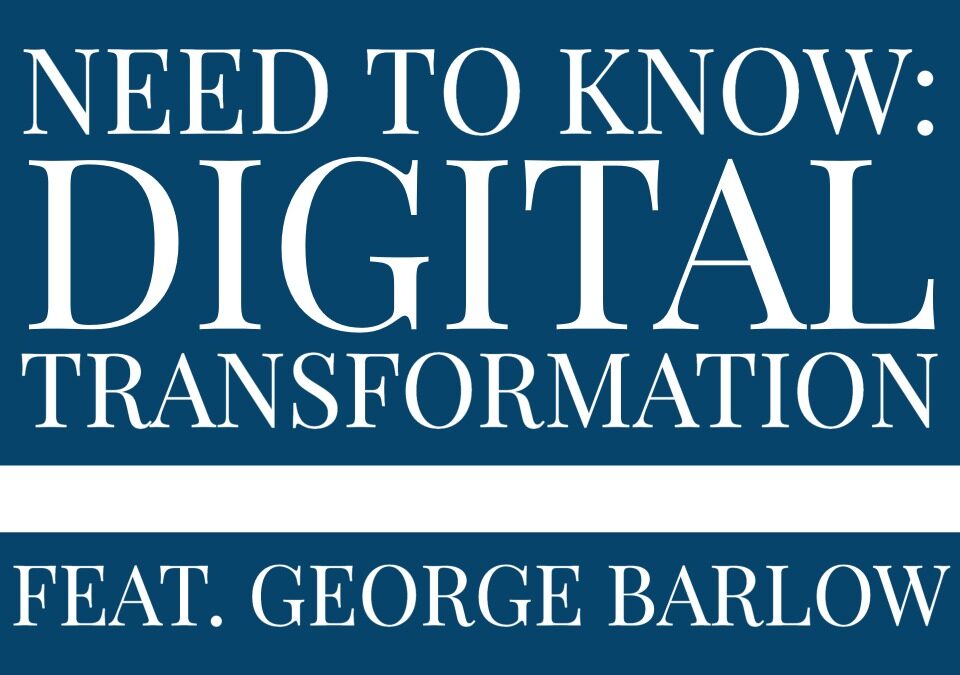Author(s):
Editor & Founder, BPMInstitute.org, BAInstitute.org and DBIZInstitute.org
Faculty Member BPMInstitute.org, Founder/CEO of Stratiza, Stratiza
Gregg Rock interviews George Barlow in April 2022.

Gregg Rock interviews George Barlow in April 2022.

GR: Can you give our Members an example of an organization you worked with where the application of the Business Architecture practice made a difference for them?
SL: A few years ago, I worked as a Business Architecture consultant for a health insurance provider. The insurance business, and health insurance is no different, is driven by rules. For example, if you’re in X insurance plan, then you have access to X benefits, you pay X amount in a premium, X amount is your copay, X amount is the maximum limit of what the insurer pays. And, under certain circumstances, you may also have these other benefits such as if you’re a woman, then you may have maternity related benefits. And, we may cover X procedures, but only with pre-approval, and if your doctor is in our network then we may cover more, otherwise we cover less.

Gregg Rock interviews Ed Hunt in November 2021.
GR: How do you explain the connection between business architecture and digital transformation?
EH: Well, as you know, I’ve been in the industry a long time. For 40 years, we’ve been using automation technology to transform an organization—to digitize it—and the new tools that we have available today just allow us to continue to do that in a more exciting way.

Gregg Rock interviews George Barlow in April 2022.

Gregg Rock interviews Ed Hunt in November 2021.
GR: How does business architecture improve business outcomes?
EH: That’s another very important question, Gregg. Business architecture doesn’t define strategy, but it is often a key enabler to enhance and extend it.
In addition to closing gaps in the requirements by using models and to improve communication, business architecture practices enhance and enable the strategy by maximizing the investment in technology. Sometimes that’s through establishing common services, understanding that these capabilities can be used and leveraged across the organization, but they also play a critical role in understanding how to apply the new technology in a way that’s specific to the operational complexity of this business, in a way that increases operational efficiency, and in a way that drives customer satisfaction.

Gregg Rock interviews George Barlow in April 2022.

GR: I wondering as practitioners, what do you think that we can do to help raise the profile of the Business Architecture discipline?
SL: Well, success in Business Architecture just like in any other discipline, is to a large extent, a matter of attitude. In my view, business architects need to approach every new client and every new assignment both with optimism and with curiosity. But, also with an understanding and an acceptance of the fact that they will have to provide a good dose of education as to what Business Architecture is, how it relates to IT, how it relates to strategic planning, and so on.

Do the math. We all spend a significant percentage of our lives at work. And, based on this poster by Charles Schwab and the state of the Government’s finances, we are all going to be working even longer. So as leaders it is our role to make sure that the lives of our staff are valuable and rewarding, if not fun.
People have incredible levels of drive, ability, and enthusiasm (as evidently clear by the videos that pop up in my social media feeds), and we need to harness that.
Thought: Why is happy hour just an hour and happens after work?
There has been a lot of research recently that is showing that (wait for it…) happy employees are more productive. I guess we knew that instinctively, but now studies are putting some data behind the feeling.

Gregg Rock interviews Ed Hunt in November 2021.
GR: The question I have for you is, why is business architecture so important to IT delivery?
EH: Well that is obviously an important question. Today’s businesses are a collection of independent, complex operations organized to provide value to the customer. And, each business entity is competing within the larger business ecosystem in order to offer a unique value proposition and then remain relevant to the market.
No longer are we just audit using technology to automate existing process document and automate existing processing, we’re using it to drive transformation. And, as I like to say the transformed organization, by definition, doesn’t exist.
We have to convert from de-scribing to pre-scribing, and that’s the critical role of the business architect.

Gregg Rock interviews George Barlow in April 2022.
Everyone starts here.
You're looking for a way to improve your process improvement skills, but you're not sure where to start.
Earning your Business Process Management Specialist (BPMS) Certificate will give you the competitive advantage you need in today's world. Our courses help you deliver faster and makes projects easier.
Your skills will include building hierarchical process models, using tools to analyze and assess process performance, defining critical process metrics, using best practice principles to redesign processes, developing process improvement project plans, building a center of excellence, and establishing process governance.
The BPMS Certificate is the perfect way to show employers that you are serious about business process management. With in-depth knowledge of process improvement and management, you'll be able to take your business career to the next level.
|
Courses
|
|
|
|
Courses
|
|
|
|
Courses |
|
|
Business Architecture
|
|
|
|
Courses
|
|
|
|
Courses |
Certificate
|
|
Courses |
Certificate
|